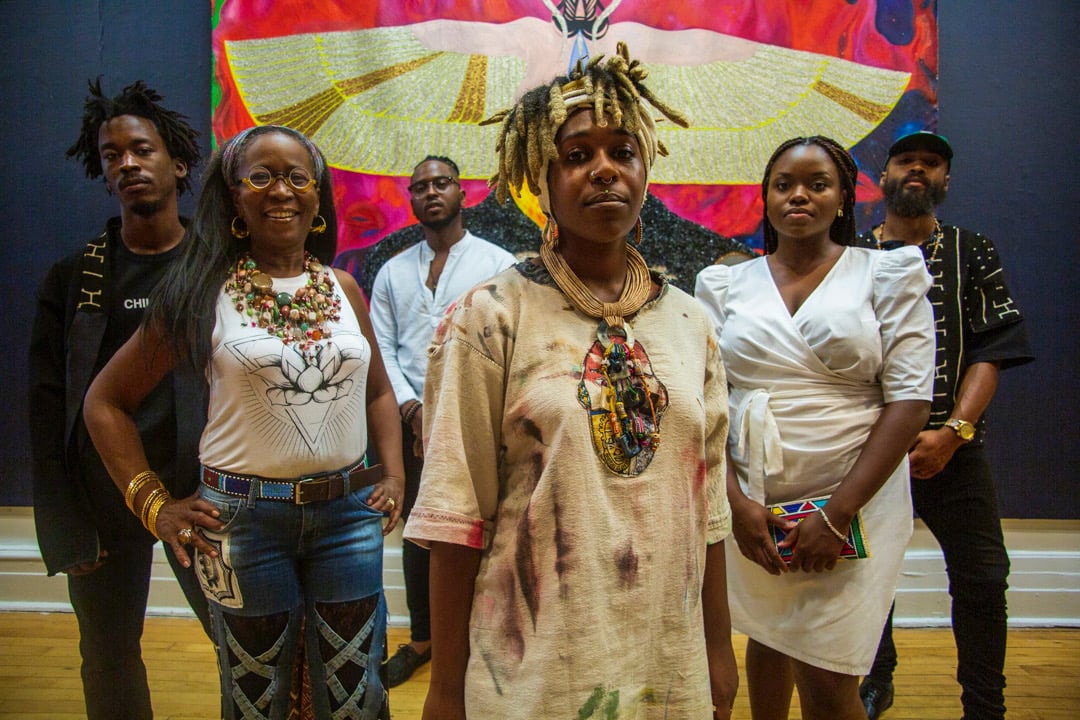Richmond, that vibrant crucible of culture and creativity, unfolds yet again in its monthly tradition: First Fridays. This season—ah, the dawn of Fall—the experience metamorphoses into an affair of citywide celebration nestled in the artsy nucleus of Broad Street and...





